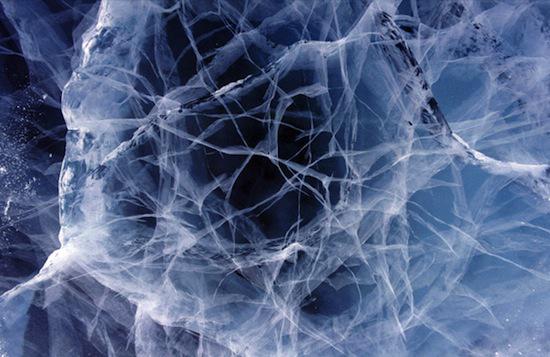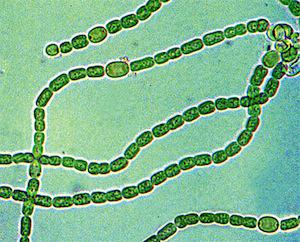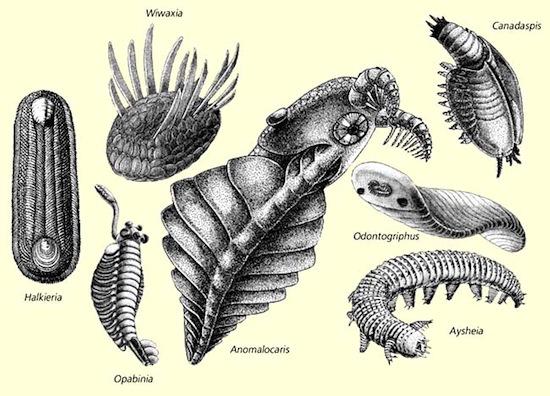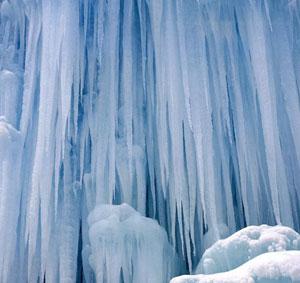Two possible ways in which life on our planet could harbor ice
 Bashny.Net
Bashny.Net

The first single-celled organisms appeared on Earth more than 3, 5 billion years ago, however, until recently it was unclear how they evolved into multicellular organisms. Two recent theories suggest that the reason was the ice.

Many geologists believe that the early Earth went through several stages, during which was completely covered with ice - these steps are collectively known as "snowball". The last such period is over before the Cambrian Explosion - more than 500 million years ago. Such periods of glaciation of the planet were partly caused by relatively dim Sun (today the star is too hot to "snowball" could happen again). It is also possible that the cooling of the planet has contributed to an increase in the amount of oxygen - 3, 5 billion years ago, cyanobacteria, or blue-green algae began to produce oxygen through photosynthesis. This is probably cool the planet so that the poles began to form ice caps, and the more ice on the planet - the more sunlight is reflected into space, so in the end, our planet is completely icy. Geologist Adam Campbell believes that life in such conditions could survive in small seas, which remained liquid even in freezing conditions - Part reservoirs could never freeze.

After the last "snowball" life on Earth has undergone a massive diversification in the evolutionary development, often called the Cambrian explosion - multicellular plants and animals filled the sea on our planet.

Another theory is that early life forms evolved in strange ice pipes, similar to stalactites: they are hollow tubes from 1 cm to 1 m in length and drifted at sea ice floating in the polar oceans. They arise when a flock of glaciers flowed water and re-freezing in the depths, and then knocked off the tube glaciers. It is possible that these tubes under the glaciers created the ideal conditions for the evolution of life in the world of water and ice.

It is believed that if the ice stalactites provide the necessary environment for the development of life on Earth, the same could happen on other planets: in particular, the conditions there are similar to Jupiter's moons Ganymede and Callisto. Confirmation of the theory of "ice-evolution" are recently discovered by scientists in Antarctic bacteria that live in the ice at a temperature of -15 ° C.
via factroom.ru
Tags
See also
11-year-old prodigy creates a stunningly detailed drawings.
11-year-old prodigy creates amazing paintings.
White muzzles
Surreal animal sculptures by Wang Ruilin
No, a great human lifespan will not destroy our planet
The presence of the ocean is one of the conditions for the emergence of life on the planet
The oldest civilization on our planet
5 facts about planet Earth. Quick Reference
Daniel Golman: Attention is a muscle that must be trained
















